Search the Special Collections and Archives Portal
Search Results
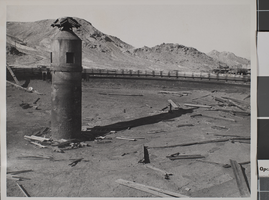
Photograph of Three Kids Mine, 1972
Date
1972
Archival Collection
Description
Handwritten description provided on back of image: "Three Kids Mine, 1972." Group Creators credit goes to Leavitt.
Image
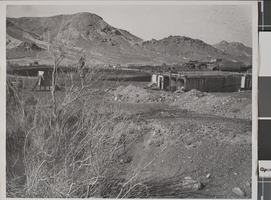
Photograph of Three Kids Mine, 1972
Date
1972
Archival Collection
Description
Handwritten description provided on back of image: "Three Kids Mine, 1972." Group Creators credit goes to Leavitt.
Image
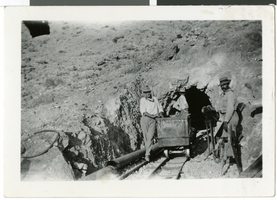
Photograph of men at Frenchman Mine, Nevada, circa 1907
Date
1905 to 1909
Archival Collection
Description
Men with ore cart at adit to Frenchman Mine. Man at the left may be Earl Rockwell.
Image
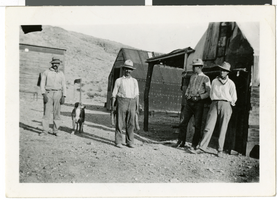
Photograph of men at Frenchman Mine, Nevada, circa 1908
Date
1906 to 1910
Archival Collection
Description
Joe Casablanca, Frenchy [?], Spud Lake, and Earl Rockwell with a dog at Frenchman Mine.
Image

Photograph of tracks at Frenchman Mine, Nevada, circa early 1900s
Date
1900 to 1920
Archival Collection
Description
Description given with photograph: "Tracks to mine shaft Frenchman Mine."
Image

Photograph of Frenchman Mine, Nevada, 1909
Date
1909
Archival Collection
Description
A distant view of Frenchman Mine.
Image
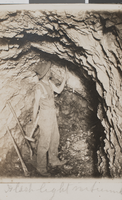
Postcard of a miner inside the Baby Florence Mine, Goldfield, Nevada, circa 1900s-1910s
Date
1900 to 1919
Archival Collection
Description
An unidentified miner with hand tools inside the Baby Florence Mine, Goldfield, Nevada. Hand printed on back: "Walt in Baby Flo." Handwritten on front: "Flash light [illegible]."
Image
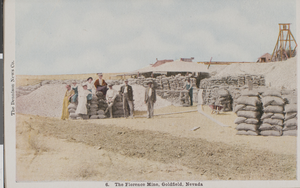
Postcard of people at the Florence Mine, Goldfield, Nevada, circa 1900s
Date
1900 to 1909
Archival Collection
Description
Color postcard of several people posing by sacks or ore outside of the Florence Mine in Goldfield, Nevada.
Image
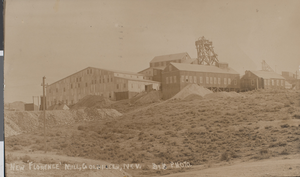
Postcard of the New Florence Mill, Goldfield, Nevada, circa 1909
Date
1909 to 1910
Archival Collection
Description
Postcard postmaked November 10, 1909 showing buildings and headframes at the New Florence Mill in Goldfield, Nevada.
Image
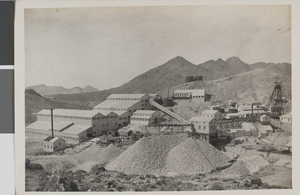
Photograph of the Goldfield Consolidated Mining Company, Goldfield, Nevada, circa 1908
Date
1908 to 1909
Archival Collection
Description
View of the Goldfield Consolidated Mining Company, Goldfield, Nevada.
Image
Pagination
Refine my results
Content Type
Creator or Contributor
Subject
Archival Collection
Digital Project
Resource Type
Year
Material Type
Place
Language
Records Classification
